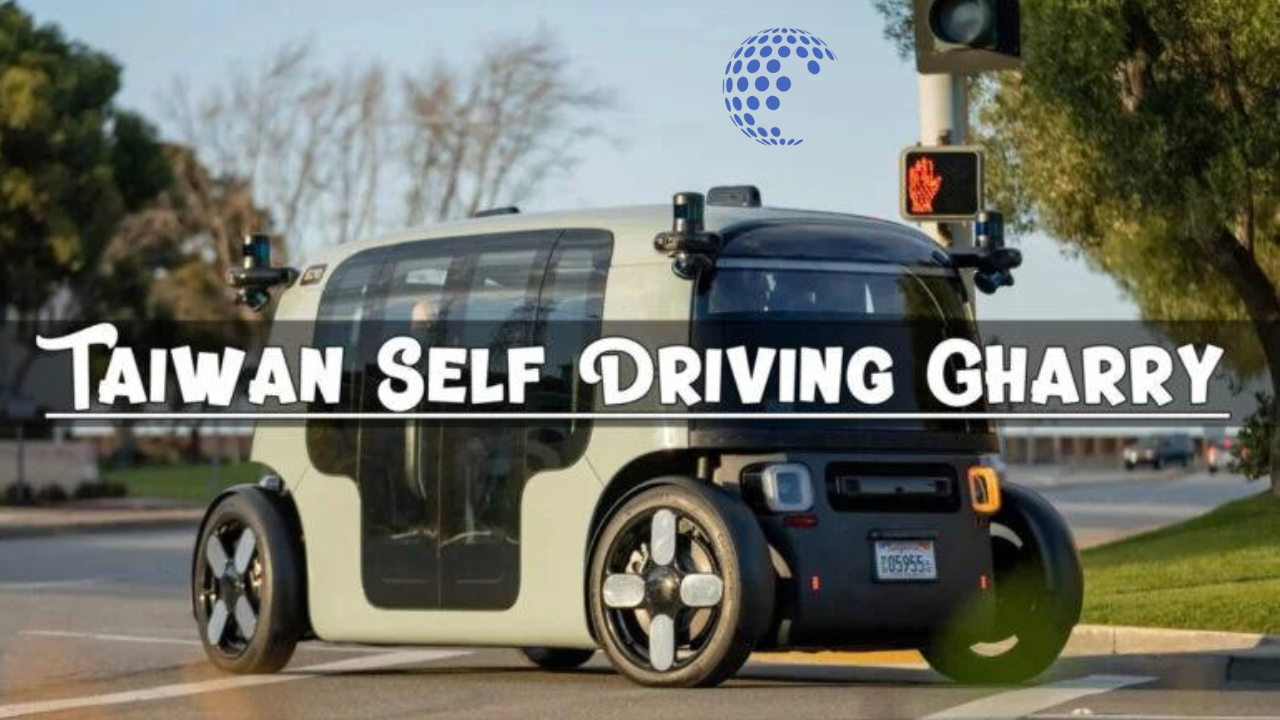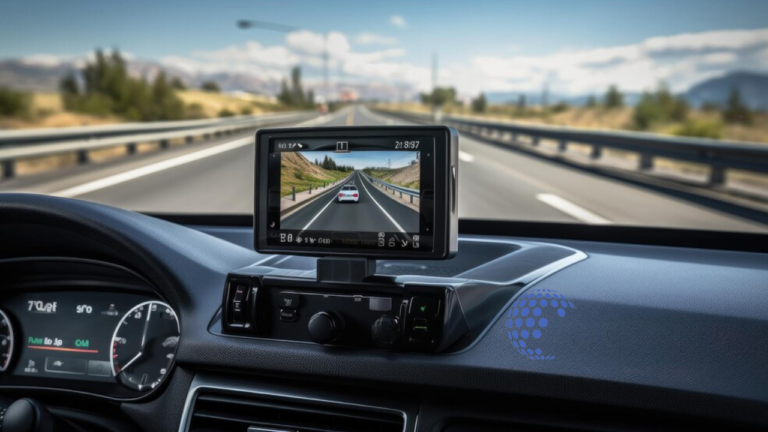Taiwan Self-Driving Gharry: A Transportation Revolution

Taiwan Self-Driving Gharry
Self-driving technology has been transforming the transportation landscape globally, and Taiwan is no exception. The introduction of the self-driving gharry in Taiwan marks a significant milestone in the country’s transportation evolution. This article explores the intricacies, development, impact, and future of Taiwan’s self-driving gharry, providing a comprehensive understanding of this innovative venture.
The Genesis of Self-Driving Gharry in Taiwan
The concept of a self-driving gharry, an automated vehicle reminiscent of traditional horse-drawn carriages, is a fascinating blend of old and new. The initiative began as part of Taiwan’s broader intelligent city development plan, aiming to integrate advanced technologies into everyday life to enhance convenience, safety, and efficiency. The gharry, traditionally a popular mode of transport in many Asian countries, has been reimagined with cutting-edge autonomous driving technology, reflecting Taiwan’s commitment to innovation and sustainability.
Taiwan’s government, in collaboration with tech giants and startups, has been at the forefront of this development. The motivation behind this project is multifaceted: reducing traffic congestion, lowering carbon emissions, and providing a novel and efficient mode of transportation that aligns with the island’s cultural heritage. The self-driving gharry combines the charm of a historical transport mode with the futuristic promise of autonomous vehicles, symbolizing a bridge between the past and the future.
Technological Innovations and Development
The self-driving gharry in Taiwan is equipped with state-of-the-art technology, ensuring safety, reliability, and efficiency. Key technological components include advanced sensors, machine learning algorithms, and robust navigation systems. These elements work in tandem to create a seamless autonomous driving experience.
Advanced sensors such as LiDAR, cameras, and radar systems are crucial for the gharry to perceive its surroundings accurately. These sensors collect vast amounts of data, which is then processed by sophisticated machine learning algorithms. These algorithms enable the vehicle to make real-time decisions, such as navigating through traffic, avoiding obstacles, and adhering to traffic rules. The navigation system, powered by GPS and other location-based technologies, ensures the gharry follows the optimal route to its destination.
Taiwan’s tech companies have played a pivotal role in developing these technologies. Companies like HTC and MediaTek have provided essential hardware and software solutions, while numerous startups have contributed innovative ideas and applications. This collaborative ecosystem has accelerated the development and deployment of self-driving technologies, positioning Taiwan as a leader in autonomous vehicle technology.
Pilot Programs and Public Reception
The implementation of self-driving technologies has begun with several pilot programs across Taiwan. These programs are designed to test the vehicles in real-world conditions, gather data, and refine the technology. Key pilot locations include major cities like Taipei, Taichung, and Kaohsiung, where the arrays are integrated into the existing public transport network.
Public reception has been overwhelmingly positive. Many residents appreciate the blend of tradition and modernity that the self-driving gharry represents. The novelty of the autonomous vehicle, coupled with its historical design, has captured the public’s imagination. Feedback from these pilot programs has been crucial in making iterative improvements to the system. Issues such as software glitches, sensor calibration, and user interface design have been addressed, resulting in a more reliable and user-friendly experience.
Benefits and Impact on Urban Mobility
The introduction of self-driving technologies has numerous benefits for urban mobility in Taiwan. One of the most significant advantages is the reduction in traffic congestion. Autonomous vehicles can optimize traffic flow by communicating with each other and traffic management systems, leading to more efficient use of road space and reduced bottlenecks. This is particularly beneficial in densely populated cities where traffic congestion is a significant issue.
Another notable benefit is the reduction in carbon emissions. Self-driving gharrys are typically electric, contributing to lower greenhouse gas emissions compared to traditional gasoline-powered vehicles. This aligns with Taiwan’s commitment to environmental sustainability and its goals under the Paris Agreement to reduce carbon emissions.
Moreover, the self-driving gharry offers a unique and attractive transportation option for tourists. Taiwan, known for its rich cultural heritage and scenic landscapes, can leverage this innovative mode of transport to enhance the tourist experience. The gharry provides a leisurely and picturesque way to explore the island, combining sightseeing with cutting-edge technology.
Challenges and Future Prospects
Despite the many benefits, the deployment of self-driving technologies also faces several challenges. Regulatory hurdles are among the most significant. Autonomous vehicles must comply with stringent safety standards and traffic regulations, which can vary across different regions. Ensuring that self-driving gharrys meet these requirements while maintaining operational efficiency is a complex task.
Another challenge is public trust and acceptance. While initial reception has been positive, widespread adoption requires sustained efforts to build public confidence in the technology. This involves transparent communication about safety measures, addressing any incidents promptly, and continuously improving the technology based on user feedback.
Infrastructure development is also crucial. Self-driving vehicles rely heavily on advanced infrastructure, such as intelligent traffic lights, well-maintained roads, and dedicated lanes. Investing in such infrastructure is essential to support the smooth operation of self-driving technologies and other autonomous vehicles.
Looking ahead, the future of self-driving technologies in Taiwan appears promising. Continued advancements in technology, coupled with supportive government policies, are expected to drive further adoption and integration. Taiwan’s success in this area could serve as a model for other countries looking to implement autonomous vehicle technology.
Read More
Conclusion
The advent of the self-driving gharry in Taiwan represents a significant leap forward in urban mobility and autonomous vehicle technology. By blending historical charm with cutting-edge innovation, Taiwan has created a unique transportation solution that addresses modern challenges such as traffic congestion and carbon emissions. While there are hurdles to overcome, the potential benefits of this initiative are immense. As Taiwan continues to refine and expand its self-driving gharry program, it sets a precedent for how technology can enhance traditional modes of transport and improve urban living.






